Quang Tho 2 Agricultural Cooperative (Quang Dien) is known as a successful unit in the model of producing and processing pennywort tea and matcha pennywort powder. The success of this model has created momentum for the Cooperative to move towards value chain production in a number of other production and business areas. Recently, the Cooperative has cooperated with the Provincial Agricultural Materials Joint Stock Company to produce high-quality rice. The Cooperative acts as a contract intermediary to help member households receive input supplies, including rice seeds and agricultural materials according to the production process. At harvest time, the company purchases rice at a price 500 VND/kg higher than Khang Dan and TH5 rice.
In addition to organizing production, the cooperative also participates in vocational training, job creation, improving living standards, and reducing poverty in the locality. Since then, the role and position of the cooperative has been increasingly enhanced. The relationship between member households and the cooperative has become increasingly close, considering the cooperative as a support and lever to develop the household economy, increasing the average income of farming households from 18 million VND in 2010 to more than 60 million VND today.
Phu Ho Agricultural Cooperative (Phu Vang) has been purchasing rice products for its members at a purchase price 150-200 VND/kg higher than that of traders, so their income has improved significantly compared to before. The Cooperative has boldly promoted agricultural product consumption services by investing in building a system of warehouses and milling machines to help members consume rice products right from the beginning of the season, avoiding traders forcing down prices and creating more jobs, increasing income for members.
Up to now, Phu Ho Agricultural Cooperative has built the Phu Ho high-quality rice brand to sell to the market, bringing profits to the people and the Cooperative. In the past, the Cooperative has cooperated and signed contracts with enterprises in the province such as the Provincial Food Company... to consume rice, boldly bringing the Phu Ho safe rice brand to BigC Hue supermarket and gaining the trust of consumers.
Thuy Thanh Agricultural Cooperative (Huong Thuy Town) is one of the dynamic cooperatives investing in production and business facilities, grasping market demand, effectively exploiting fixed assets to invest in automatic rice milling lines, combined with building the brand "Thuy Thanh delicious rice". Rice dryer model and rice husk firewood production, internal credit services, production and consumption of rice seeds, business management of Cau Ngoi - Thuy Thanh market, tourist parking lot, organizing collection and transportation of domestic waste in the area...
In the province, there are also many new economic models of many new-style cooperatives that bring economic efficiency, such as Dien Hoa Agricultural Cooperative (Phong Dien) with a model of linking livestock farming and consumption of commercial pigs; a model of forestry seed production for on-site production for people of Hoa My Agricultural Cooperative (Phong Dien). Or Bao La Bamboo and Rattan Cooperative (Quang Dien) with over 500 product designs such as water hyacinth lamps, hexagonal lamps, night lights, handbags, fruit trays... The products of the cooperative are decorated in hotels, restaurants, families and exported to many countries around the world. Phu Bai Cooperative (Huong Thuy Town) with a model of planting large timber forests associated with stable product consumption...
Chairman of the Provincial Cooperative Union, Mr. Tran Luu Quoc Doan, assessed that the construction of a new cooperative model associated with the value chain of key products in the province is gradually taking shape and has a positive trend. Cooperatives are initially linking with other units to invest in equipment and infrastructure to solve product output for people. Cooperatives have initially found output markets for their products. Thereby, avoiding the situation of traders forcing down prices, creating regular jobs for local people, contributing to increasing income, eliminating hunger and reducing poverty, and developing the rural economy.
Many cooperatives have implemented the policy of transforming the agricultural and rural economic structure towards commodity production, improving productivity, quality and efficiency of products associated with agricultural restructuring, achieving initial results. Many new and effective production models have been widely replicated, promoting the development of agricultural production in all three aspects of area, productivity and production value. In some localities, specialized industrial crop areas (sugarcane, cassava), specific fruit tree production areas (grapes, apples), and concentrated two-crop rice production areas have been initially formed.
The consolidation of land plots creates favorable conditions for cooperatives to build large fields, while creating the premise for mechanization in the fields, applying scientific advances in production, thereby reducing labor for farmers and increasing crop productivity. Cooperative staff are regularly sent to study good economic models in and outside the province; participate in training courses to improve their skills and expertise; study and research in depth on agricultural and forestry knowledge... to meet the needs of continuous development and progress of agriculture. |
Source


![[Photo] National Assembly Chairman Tran Thanh Man attends the ceremony to celebrate the 1015th anniversary of King Ly Thai To's coronation](https://vstatic.vietnam.vn/vietnam/resource/IMAGE/2025/4/13/6d642c7b8ab34ccc8c769a9ebc02346b)
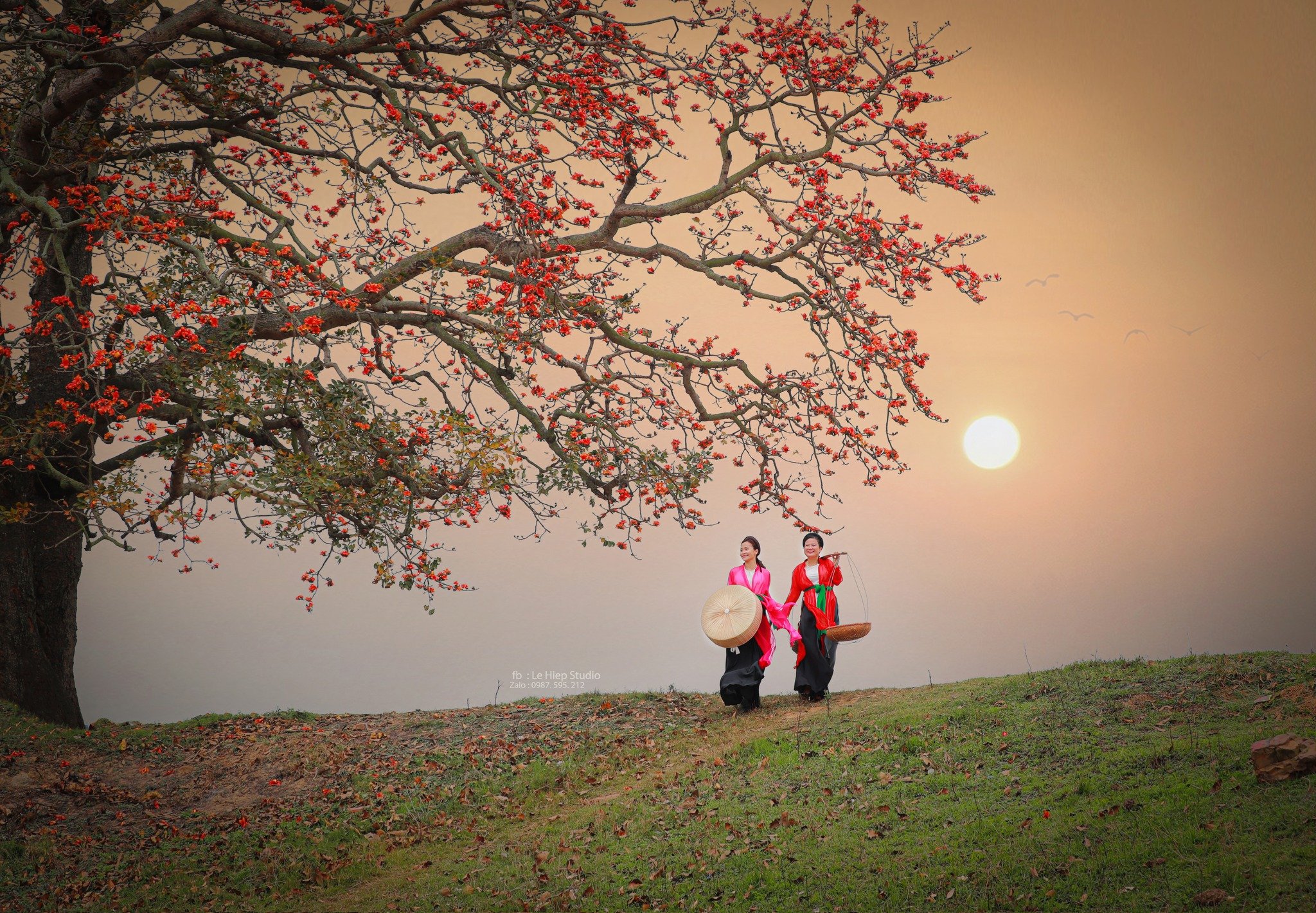
![[Photo] Prime Minister Pham Minh Chinh chairs the Government's special meeting on law-making in April](https://vstatic.vietnam.vn/vietnam/resource/IMAGE/2025/4/13/8b2071d47adc4c22ac3a9534d12ddc17)


![[Photo] National Assembly Chairman Tran Thanh Man attends the Policy Forum on Science, Technology, Innovation and Digital Transformation](https://vstatic.vietnam.vn/vietnam/resource/IMAGE/2025/4/13/c0aec4d2b3ee45adb4c2a769796be1fd)



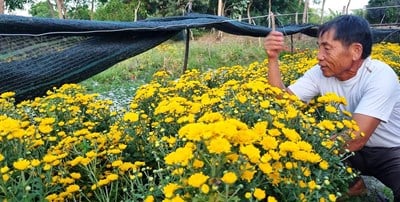
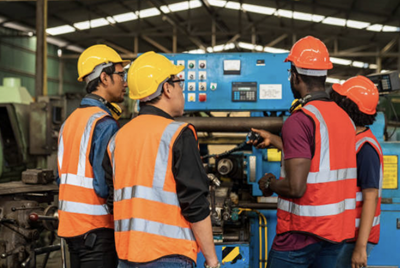
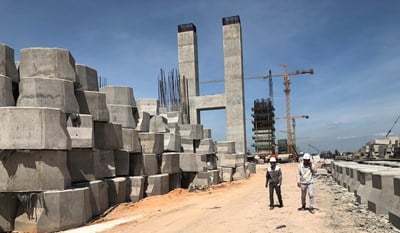
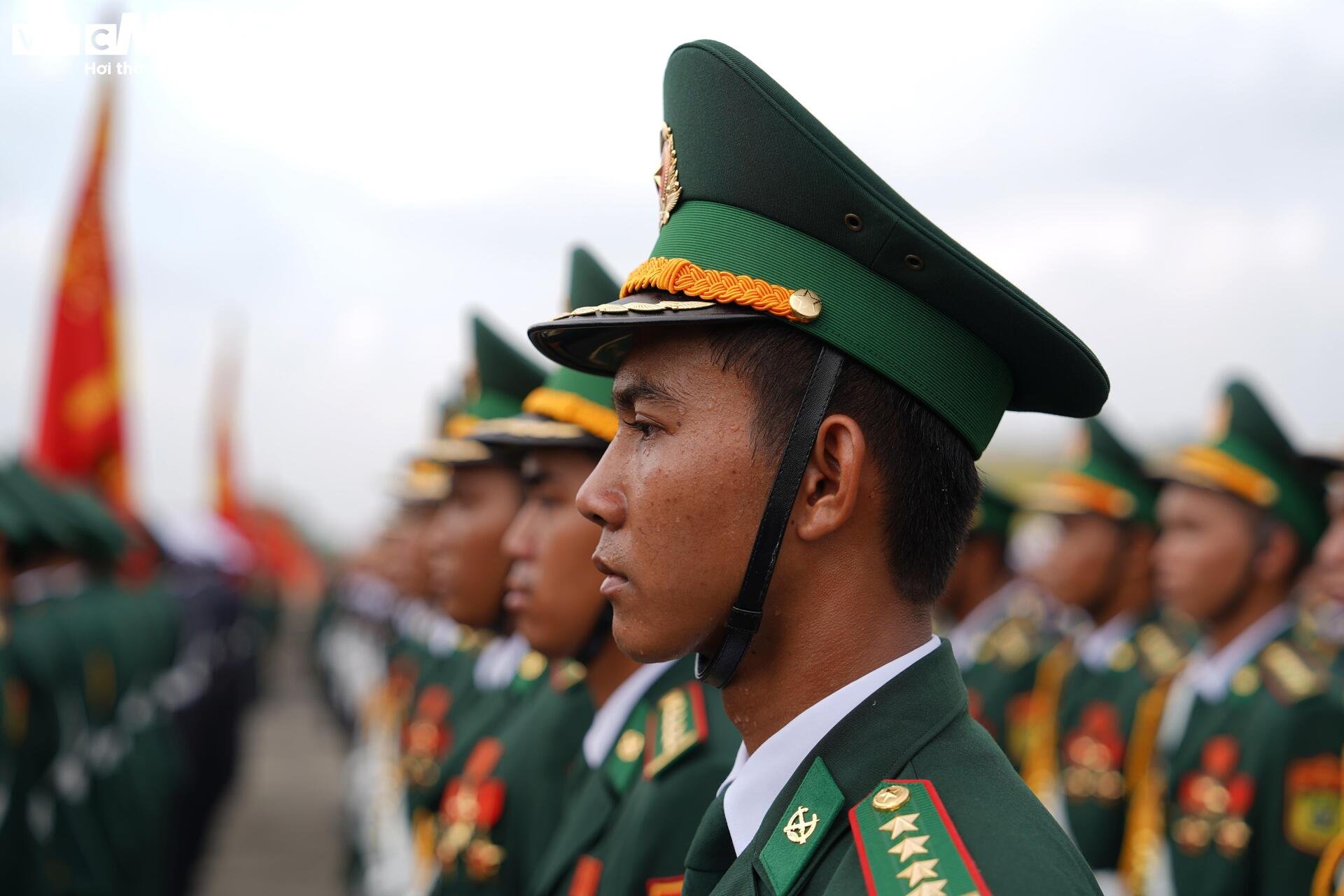


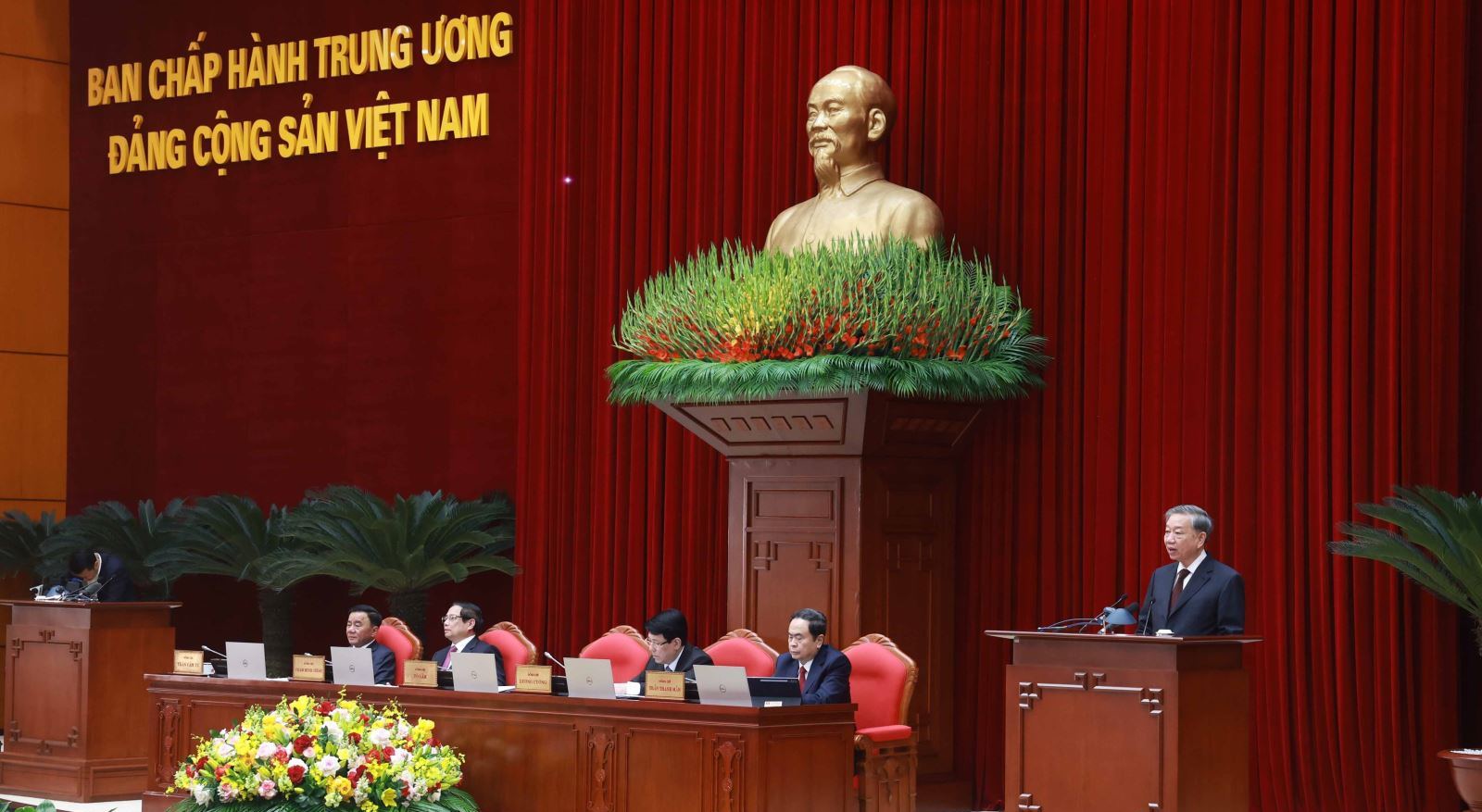
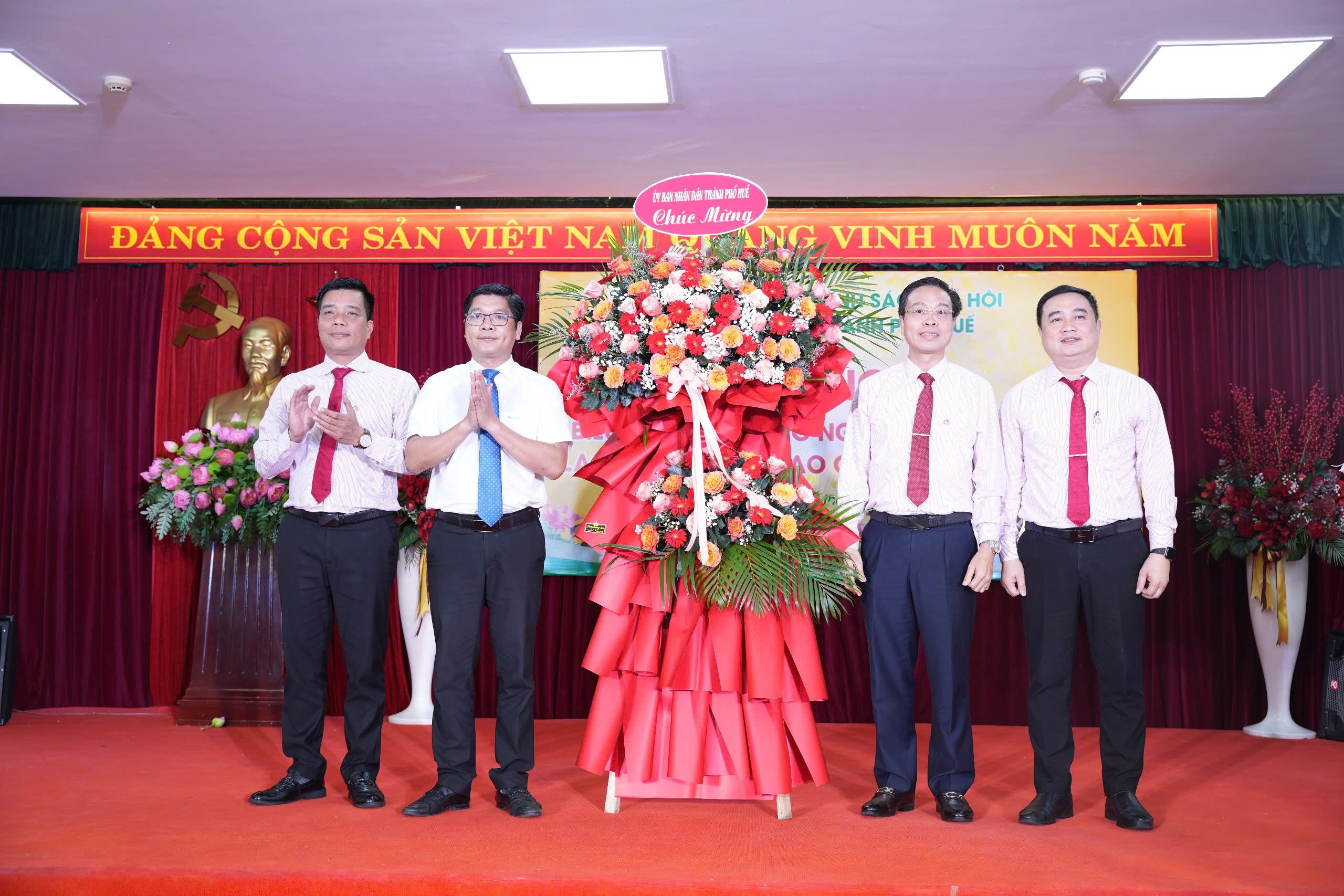
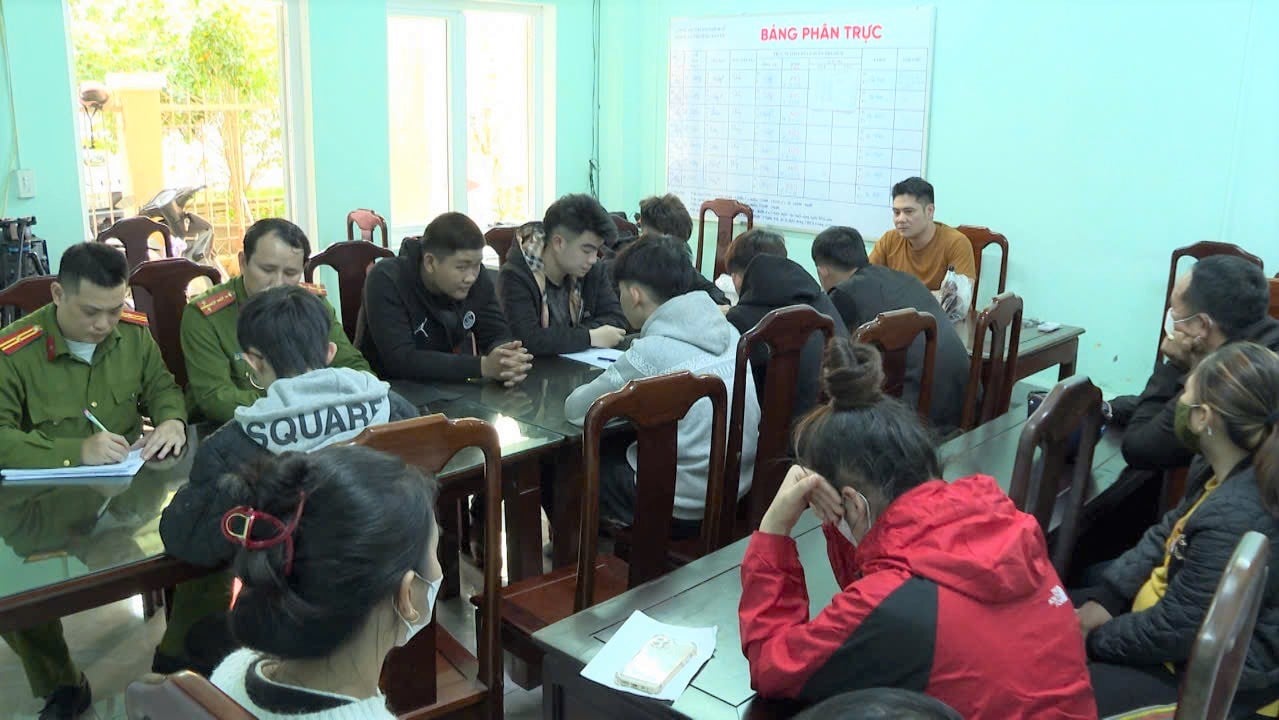
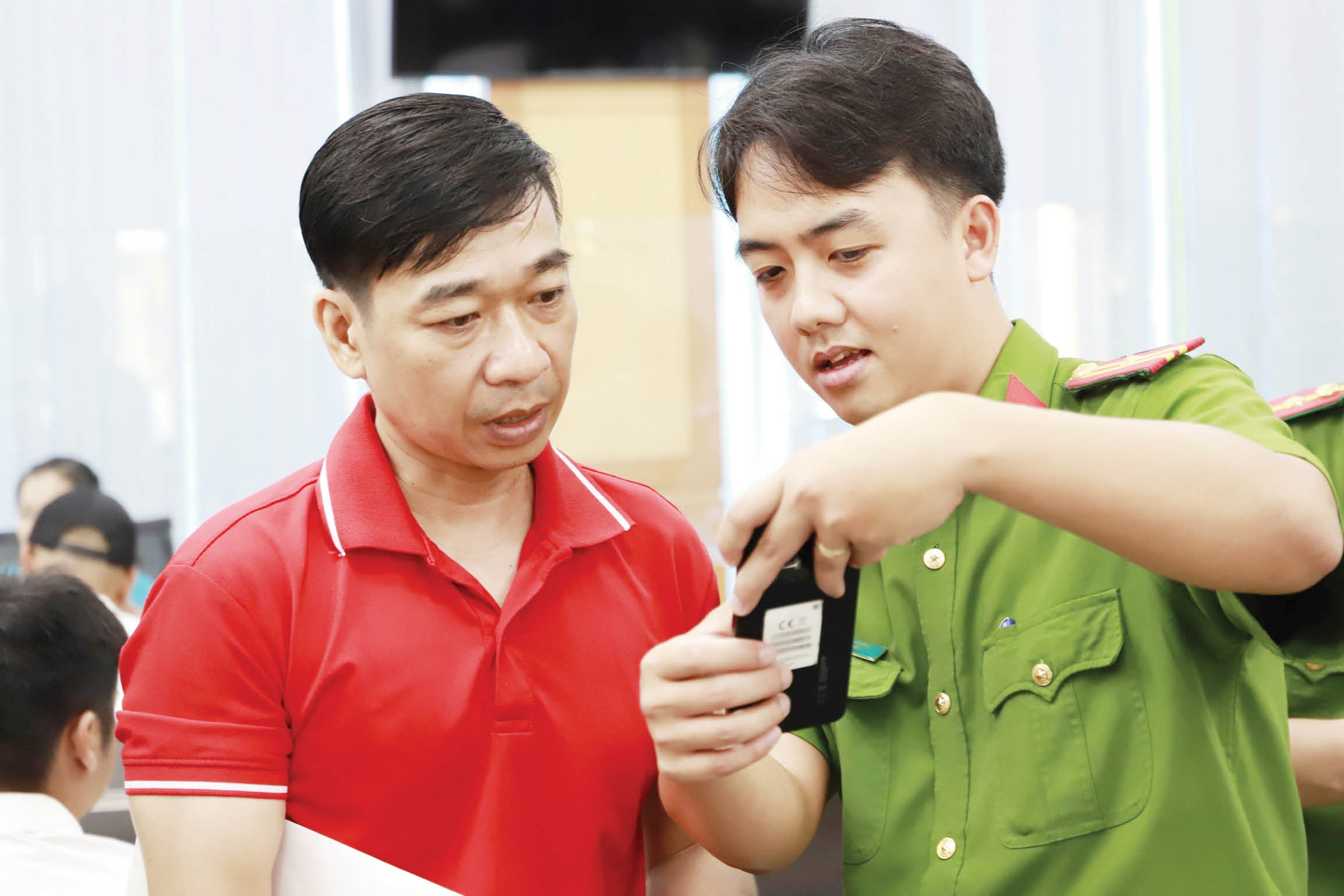
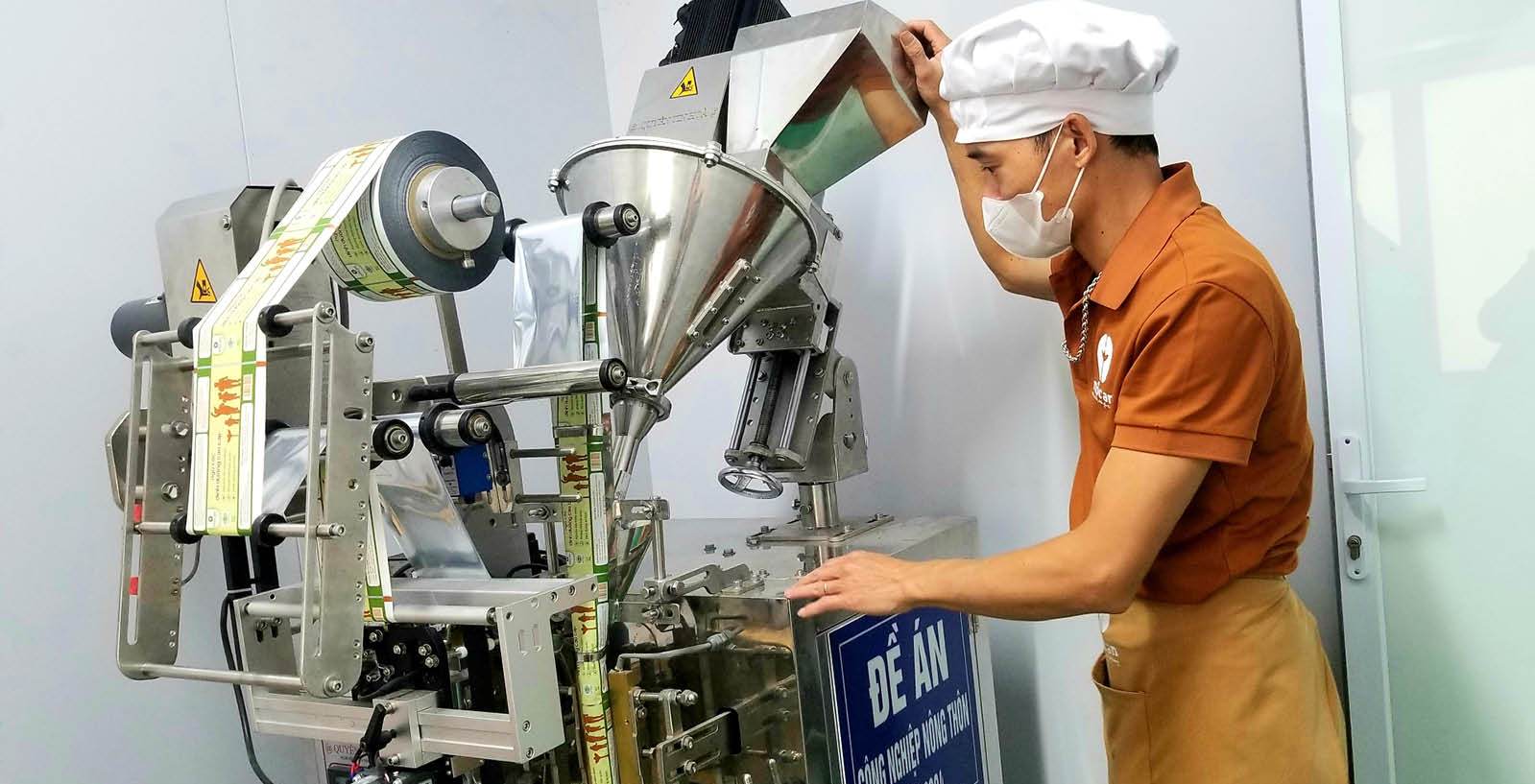
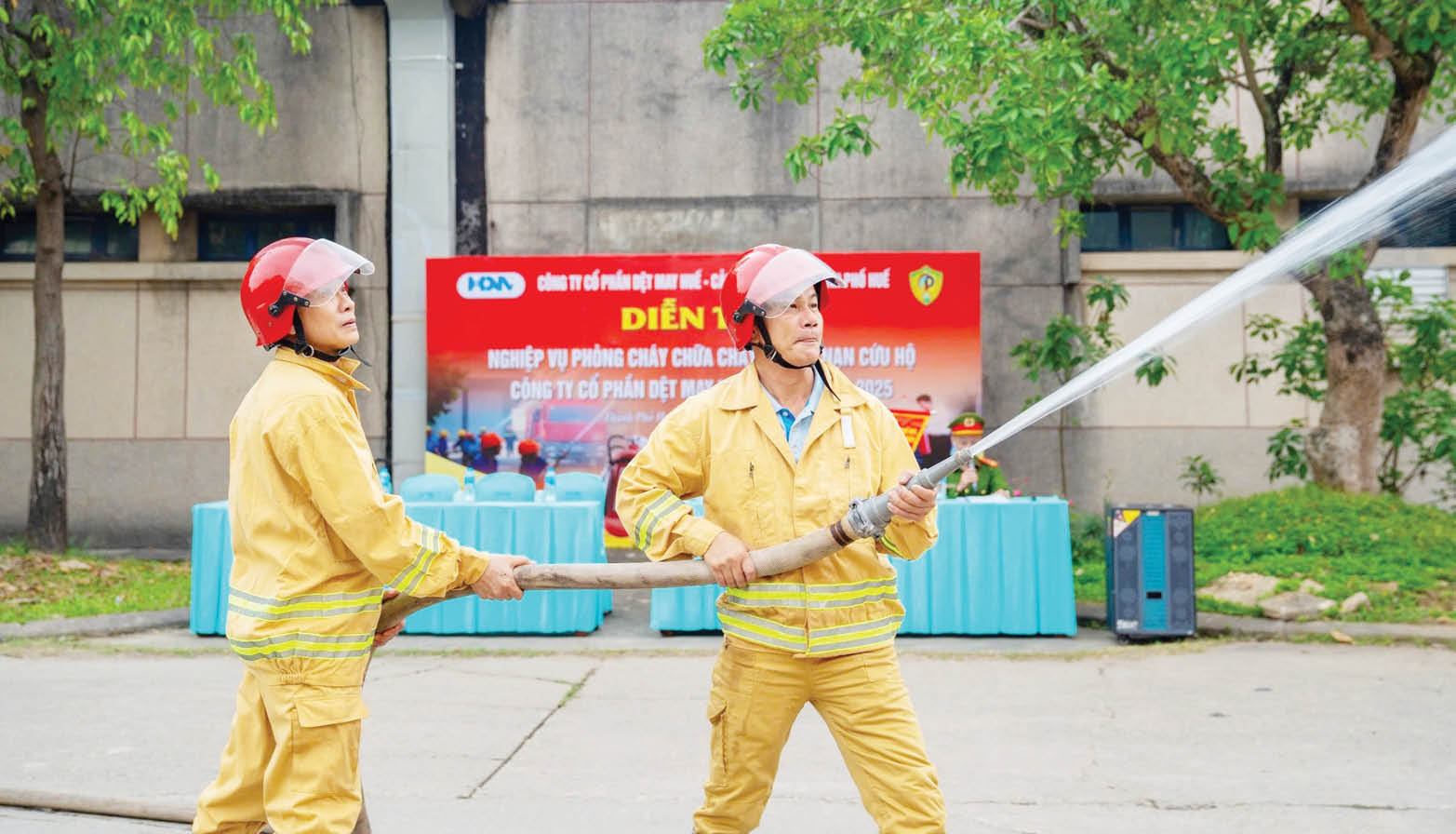
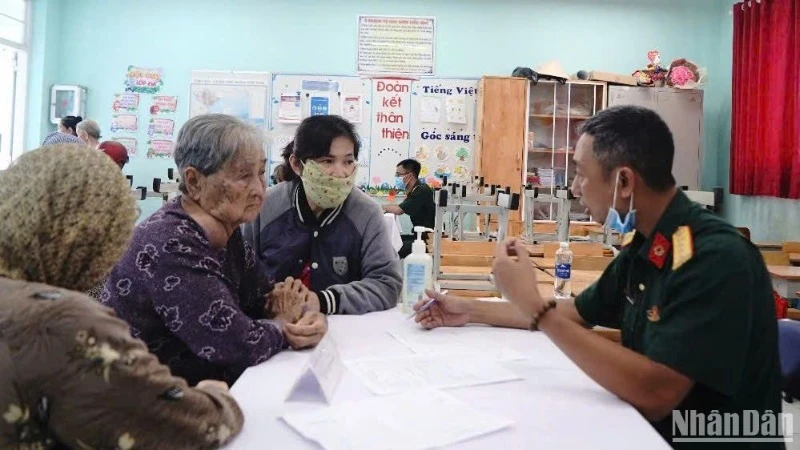








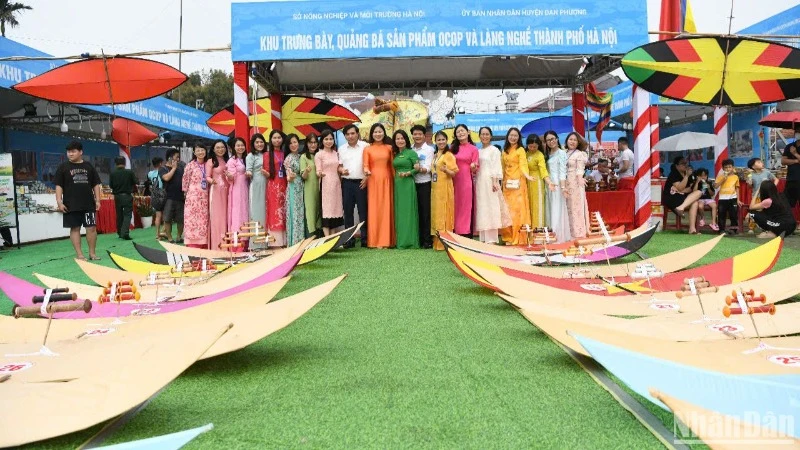



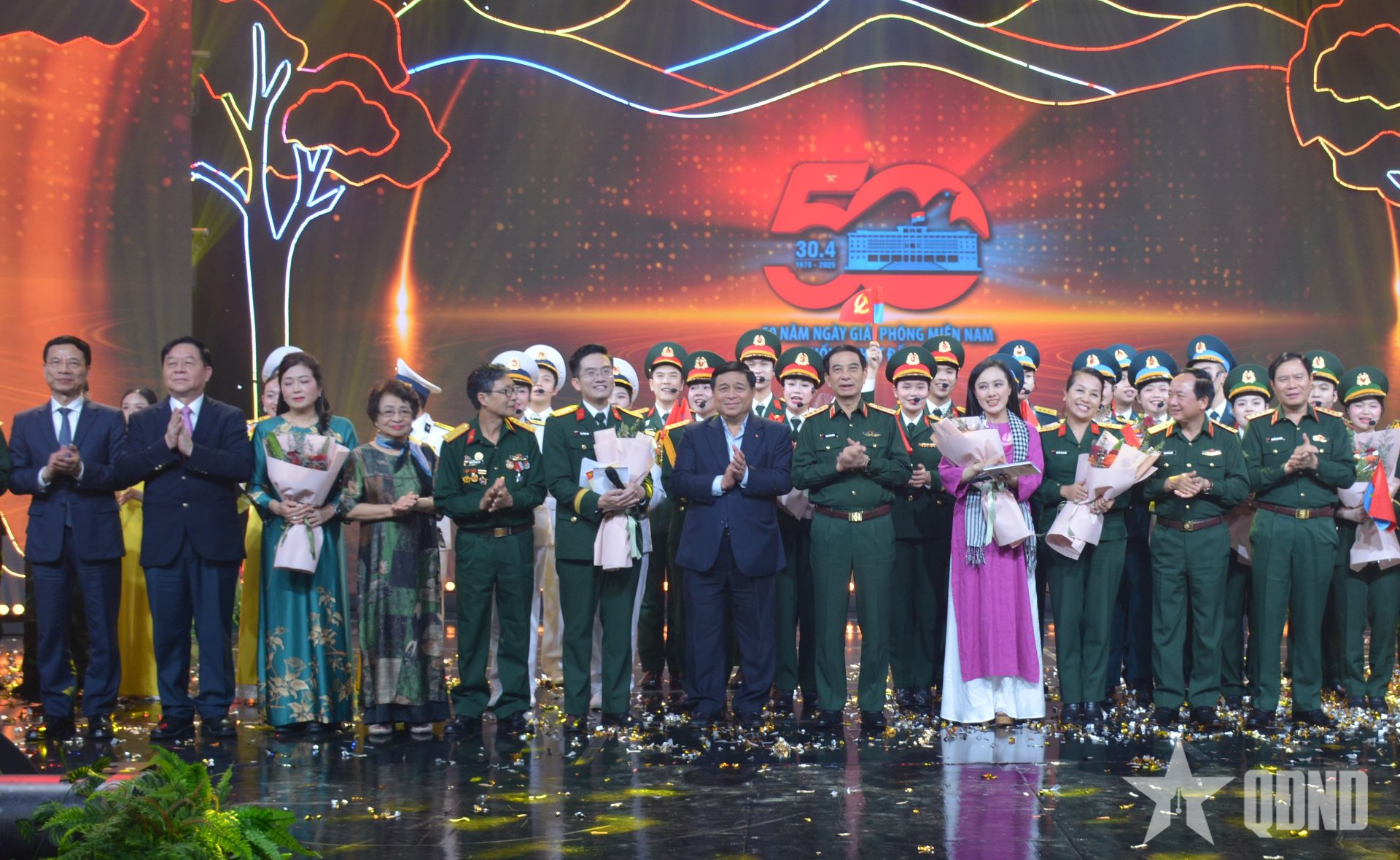

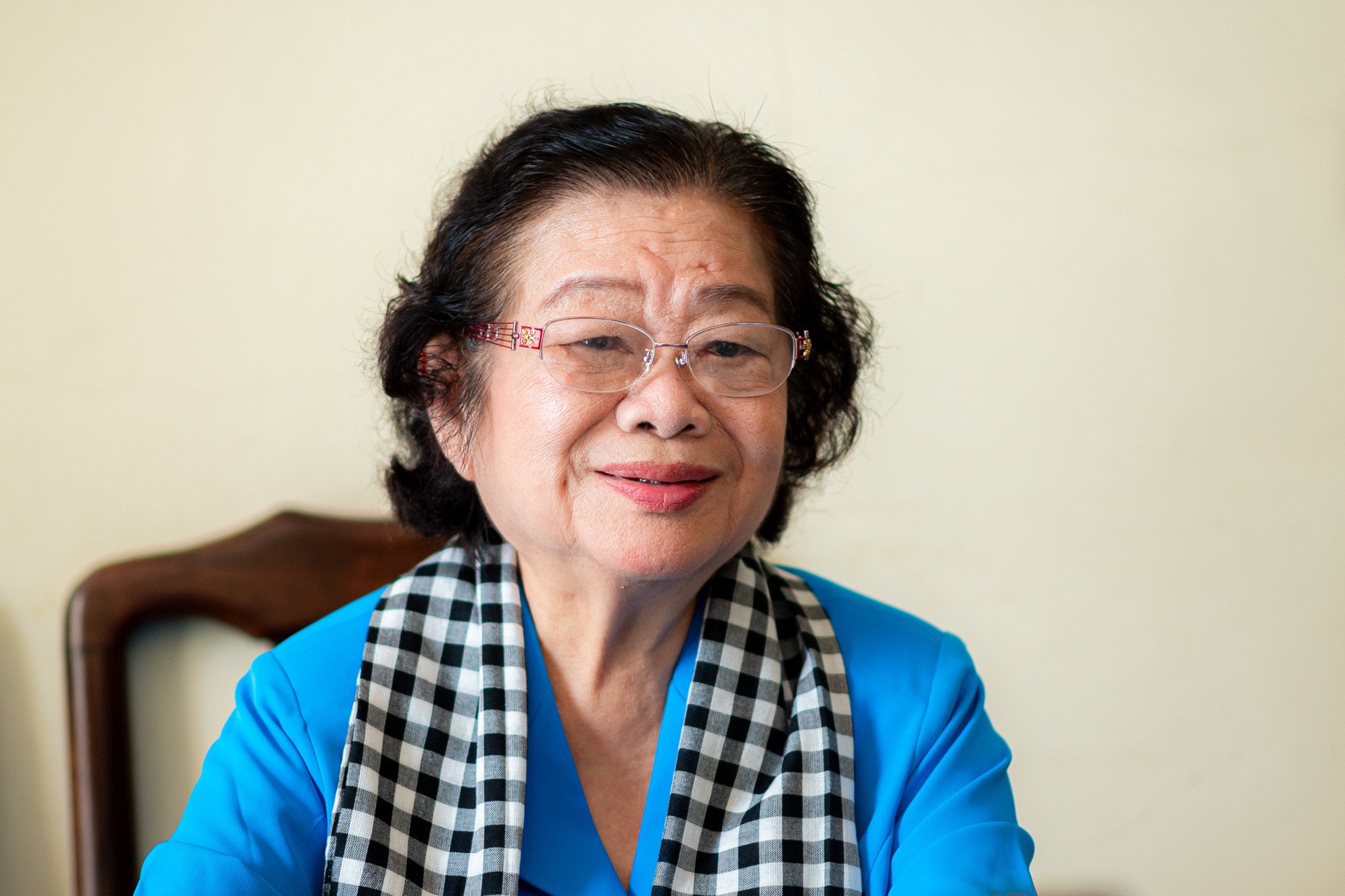

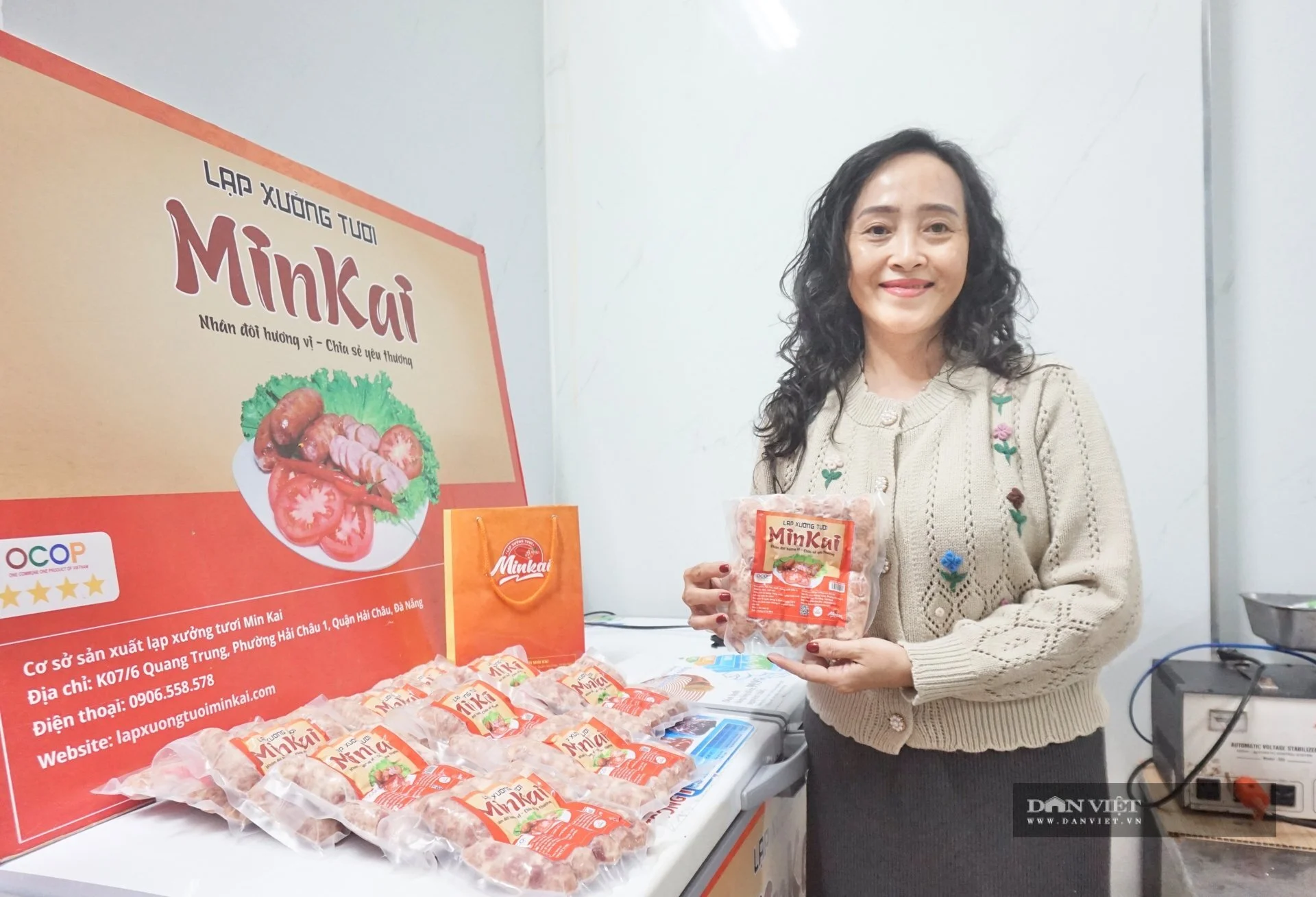


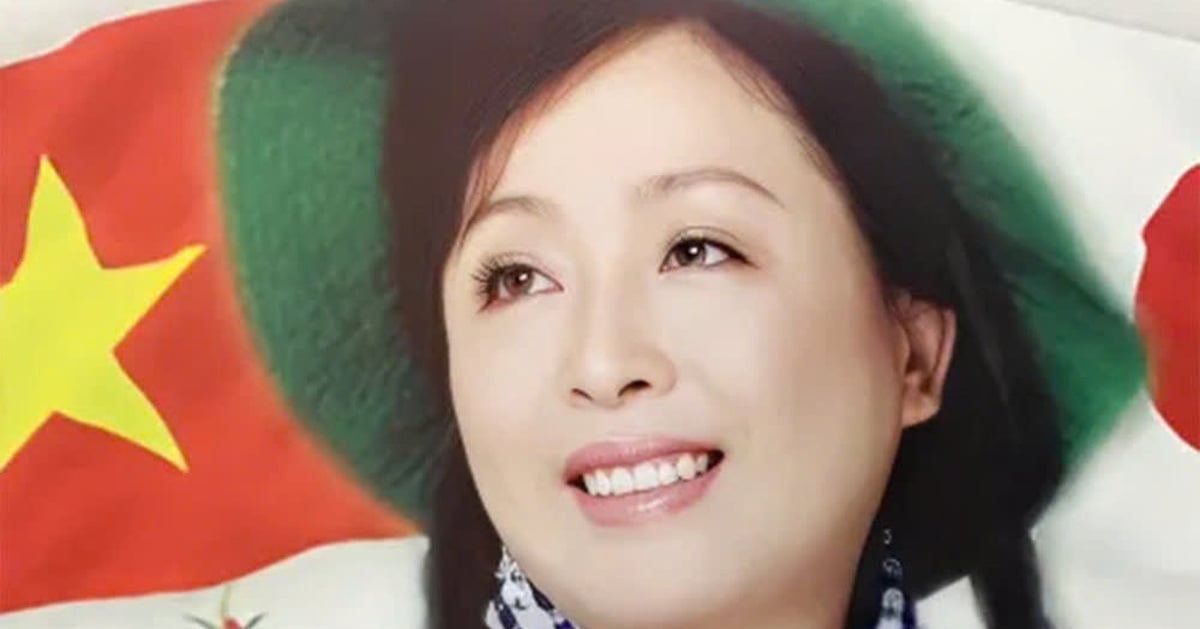

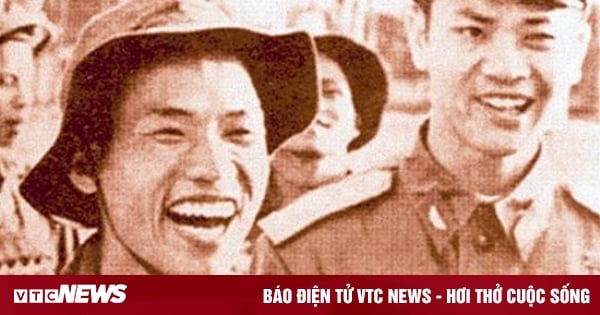









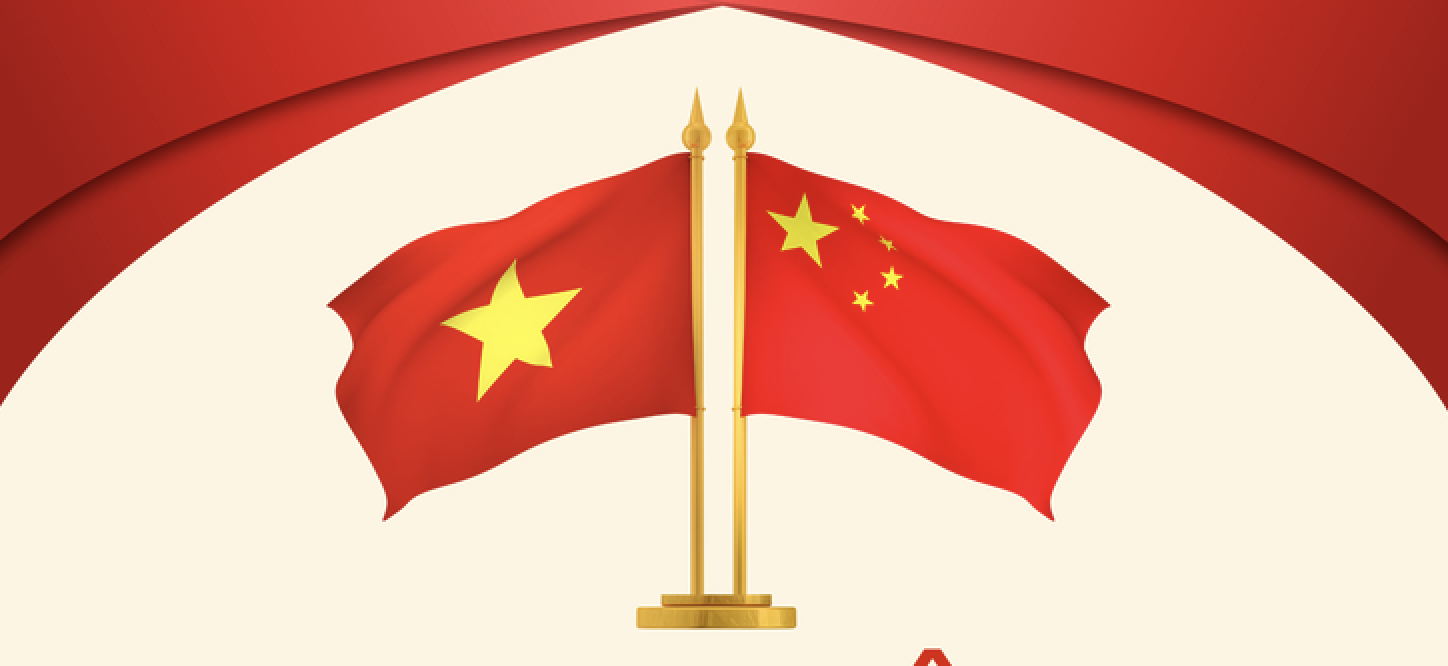


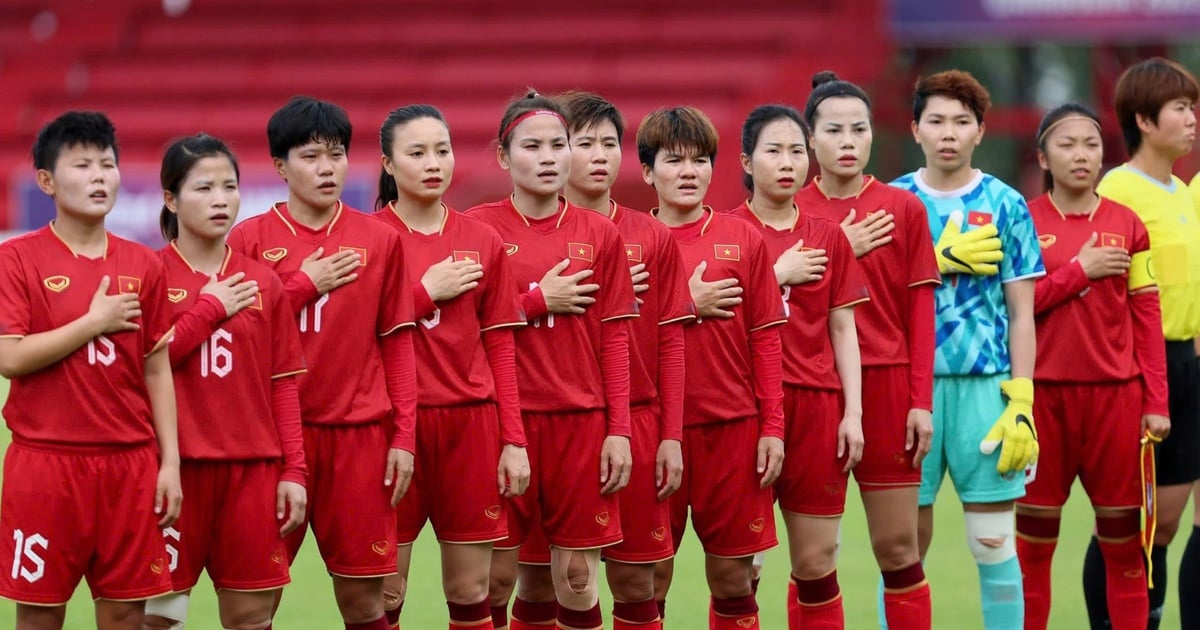


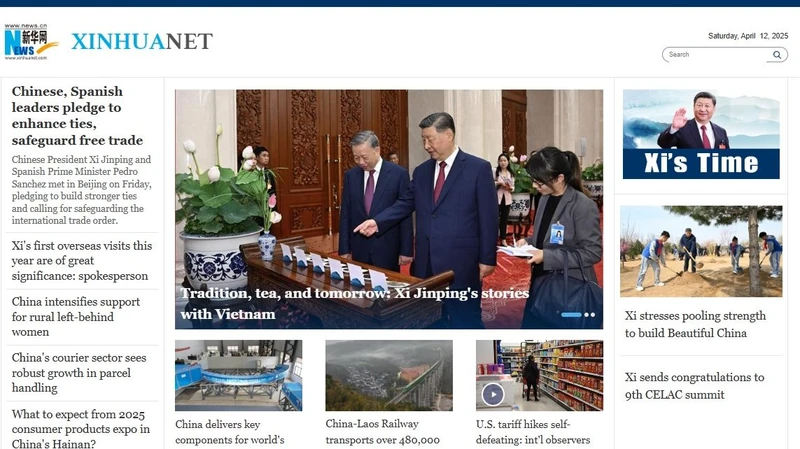
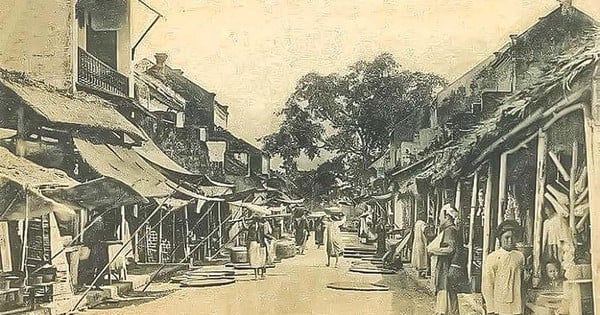

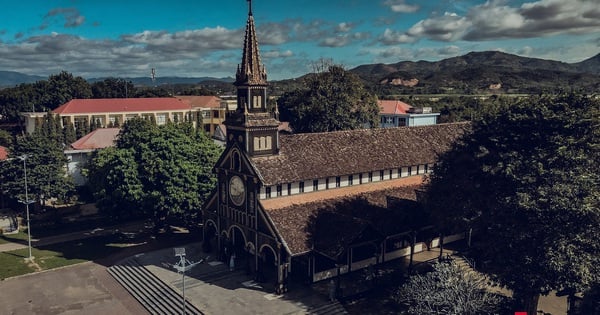

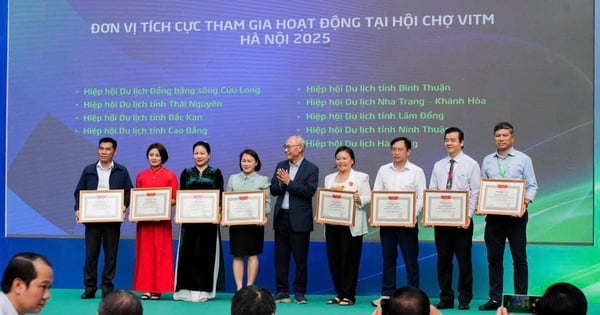






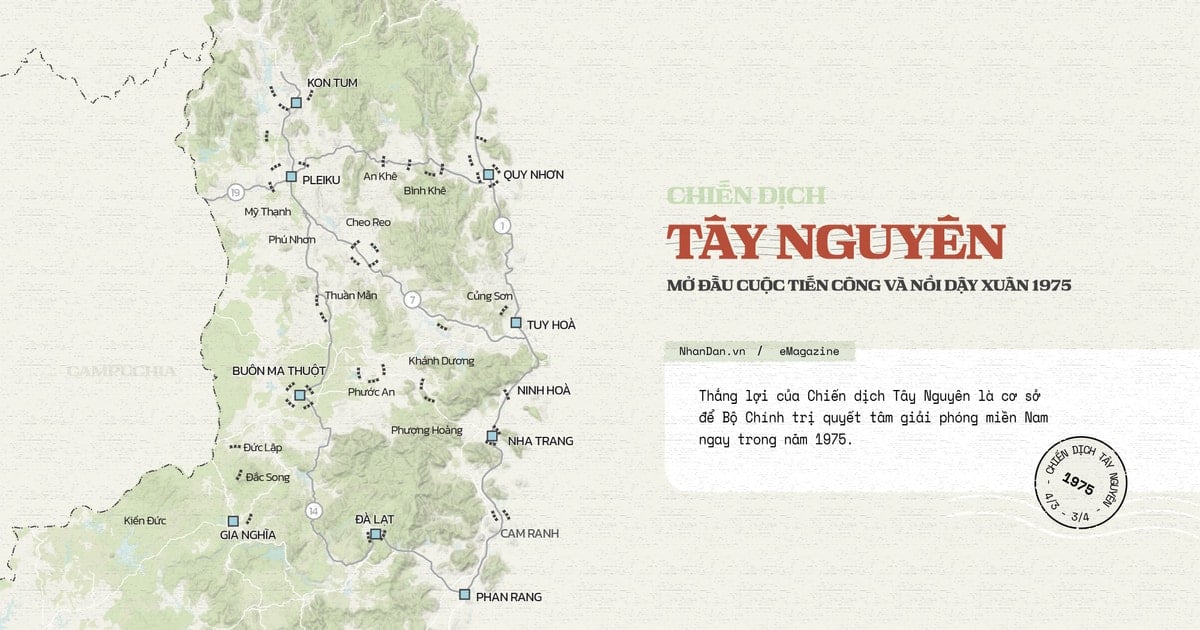
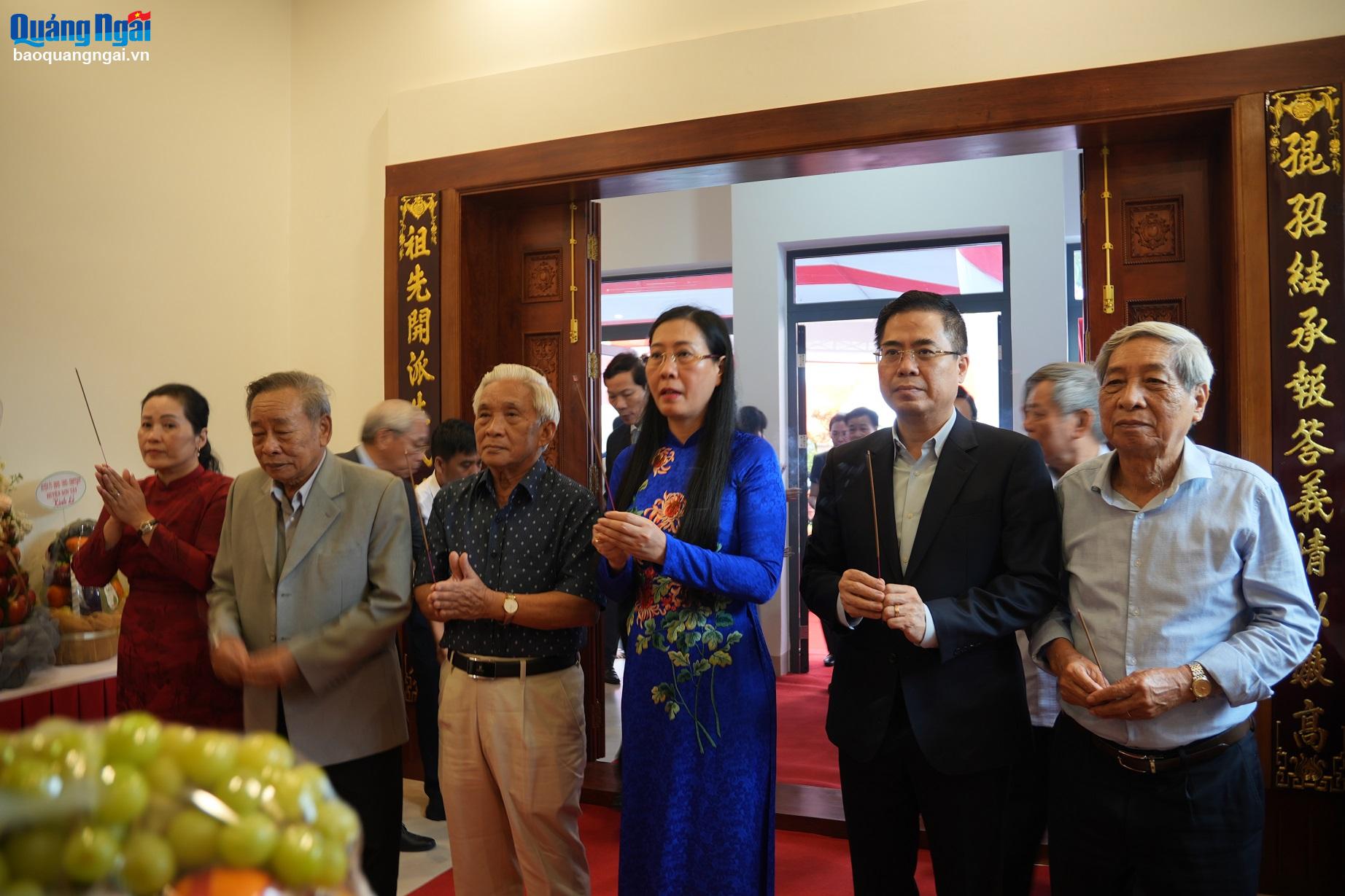
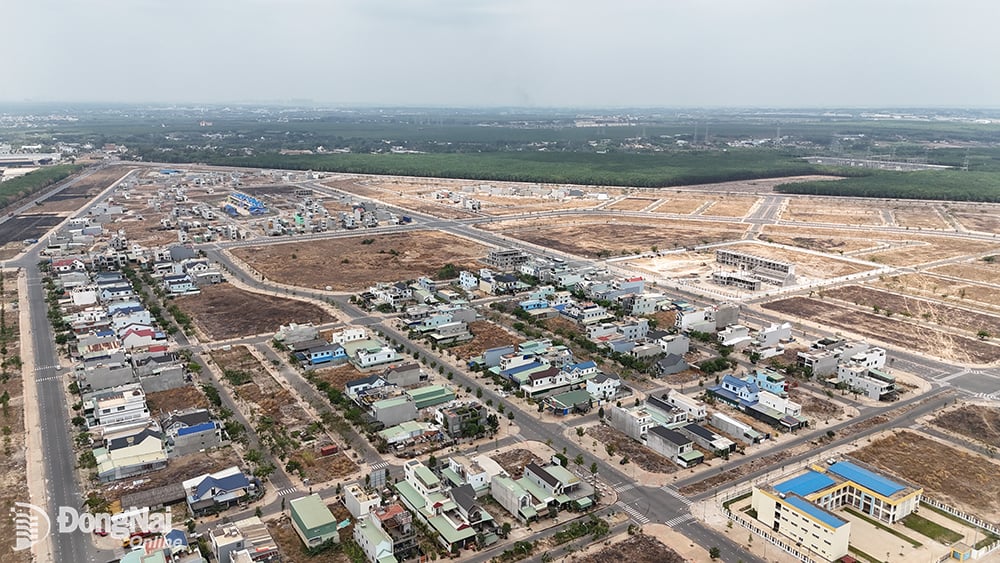

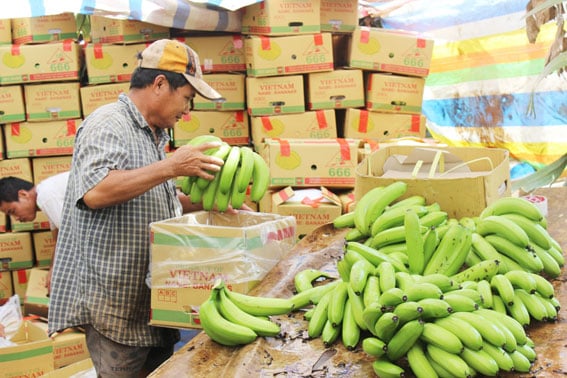


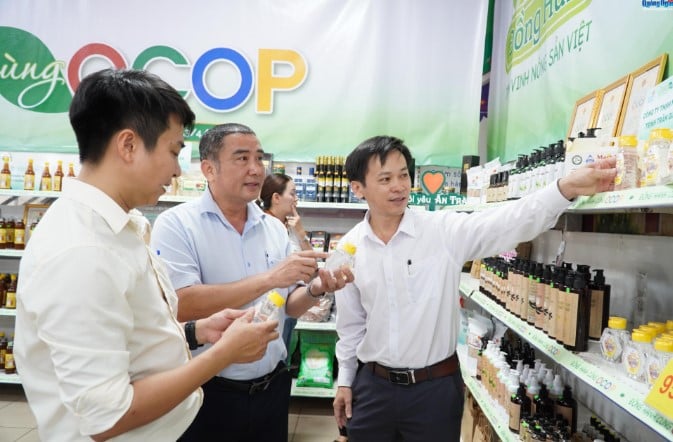








Comment (0)